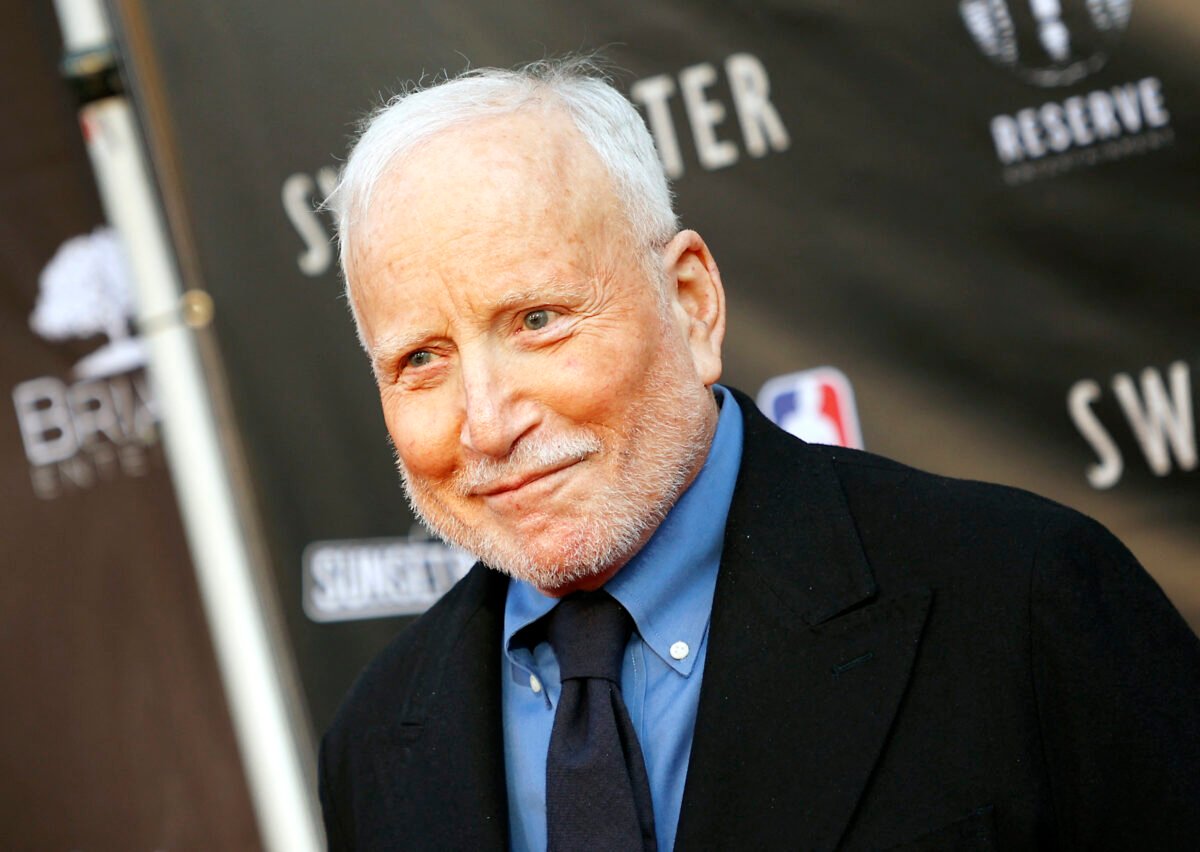‘Jaws’ Star Richard Dreyfuss Slams New Diversity Rules for Academy Awards

Actor Richard Dreyfuss has slammed the new diversity requirements for the Academy Awards, also known as the Oscars, insisting that no one has the right to impose moral standards on art.
Beginning in 2024, films need to meet new diversity and inclusion standards to be eligible for the best picture category, with quotas for the number of women, LGBT people, and ethnic minorities involved in the production, both on-screen and behind the scenes.
In a May 5 interview for “Firing Line With Margaret Hoover” on PBS, Hoover asked Dreyfuss what he thought about the requirements.
“They make me vomit,” said Dreyfuss, who played Matt Hooper in the 1975 movie “Jaws” and won the Academy Award for Best Actor in 1978 for his role in “The Goodbye Girl.” He’s appeared in several other popular films throughout his career.
“This is an art form,” he said. “It’s also a form of commerce, and it makes money, but it’s an art. And no one should be telling me as an artist that I have to give in to the latest, most current idea of what morality is.”
He pointed out that the new Oscars standards are legislating people’s feelings.
“What are we risking? Are we really risking hurting people’s feelings? You can’t legislate that,” he said. “You have to let life be life. And I’m sorry, I don’t think that there is a minority or a majority in the country that has to be catered to like that.”
Dreyfuss went on to defend actor Laurence Olivier’s portrayal of Othello in the 1965 film adaptation of the Shakespeare play, in which Olivier wore blackface to play the Moorish military commander.
“He played a black man brilliantly,” Dreyfuss said. “Am I being told that I will never have a chance to play a black man? Is someone else being told that if they’re not Jewish, they shouldn’t play the Merchant of Venice? Are we crazy? Do we not know that art is art? This is so patronizing. It’s so thoughtless, and treating people like children.”
2024 Oscar Eligibility
The four standards for movies set out by the Academy of Motion Picture Arts and Sciences include 1) on-screen representation, themes, and narratives; 2) creative leadership and project team; 3) industry access and opportunities; and 4) audience development.
A movie needs to meet the requirements in at least two of these categories to be eligible for best picture.
“The aperture must widen to reflect our diverse global population in both the creation of motion pictures and in the audiences who connect with them,” said academy President David Rubin and academy CEO Dawn Hudson in a Sept. 8, 2020, news release.
“The Academy is committed to playing a vital role in helping make this a reality,” they said. “We believe these inclusion standards will be a catalyst for long-lasting, essential change in our industry.”
In the representation requirement, a movie has to fulfill at least one of the following three criteria.
The first is that at least one of the lead actors or significant supporting actors should come from an underrepresented racial or ethnic group, which includes Asian, Hispanic, African American, Native American, Middle Eastern/North African, or Native Hawaiian/other Pacific Islander.
The second is that at least 30 percent of all actors in secondary and more minor roles must come from at least two of four listed underrepresented groups: women, racial or ethnic groups, LGBT people, or people with cognitive and physical disabilities or who are deaf or hard of hearing.
The third requirement is that the main storyline or subject matter of the film should be about one of the four aforementioned groups.
The new standards set hiring targets for roles like cinematographer, director, writer, production designer, internships, and marketing, among others.
Representation, Forced Diversity Issues
The academy’s inclusion standards are part of the Aperture 2025 initiative, which is a set of rules and regulations that are aimed at making Hollywood more diverse.
The stipulations were enacted five years after the 2015 #OscarsSoWhite viral campaign that characterized that year’s Oscar nominees as being too white.
A study by the USC Annenberg Inclusion Initiative found that of the 13,253 Academy Award nominees between 1929 and 2023, 17 percent were women and 83 percent were men. Ethnically, 6 percent were from underrepresented racial or ethnic groups.
In the 8 years following the #OscarsSoWhite campaign, the overall percentage of minority nominees rose to 17 percent from 8 percent.
Some believe the academy’s push for forced diversity will create additional headaches for movie productions to the extent that many filmmakers will likely stop caring about the Oscars.
The televised broadcast of the awards ceremony is also seeing lower viewership amid its attempt at pushing diversity.
In 2019, when South Korean movie “Parasite” won the best picture award, the Oscars registered its second-smallest audience viewership in history, Fox News reported.




